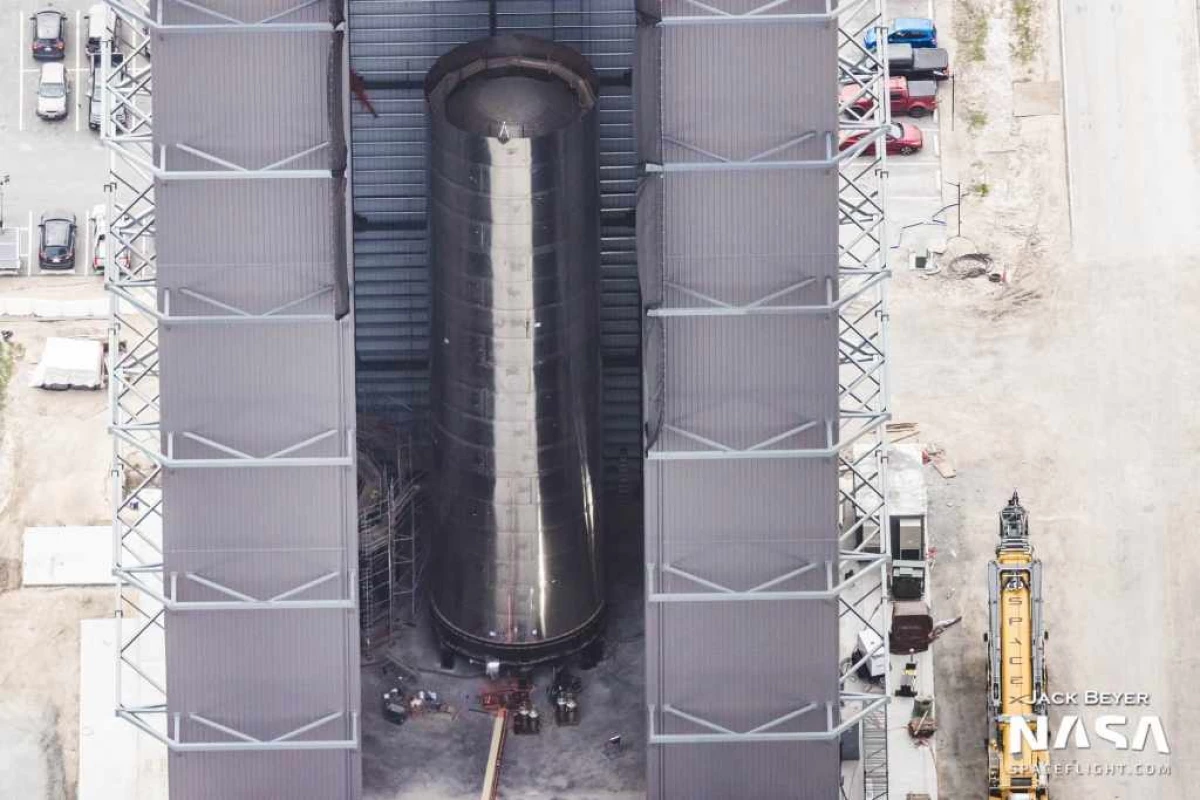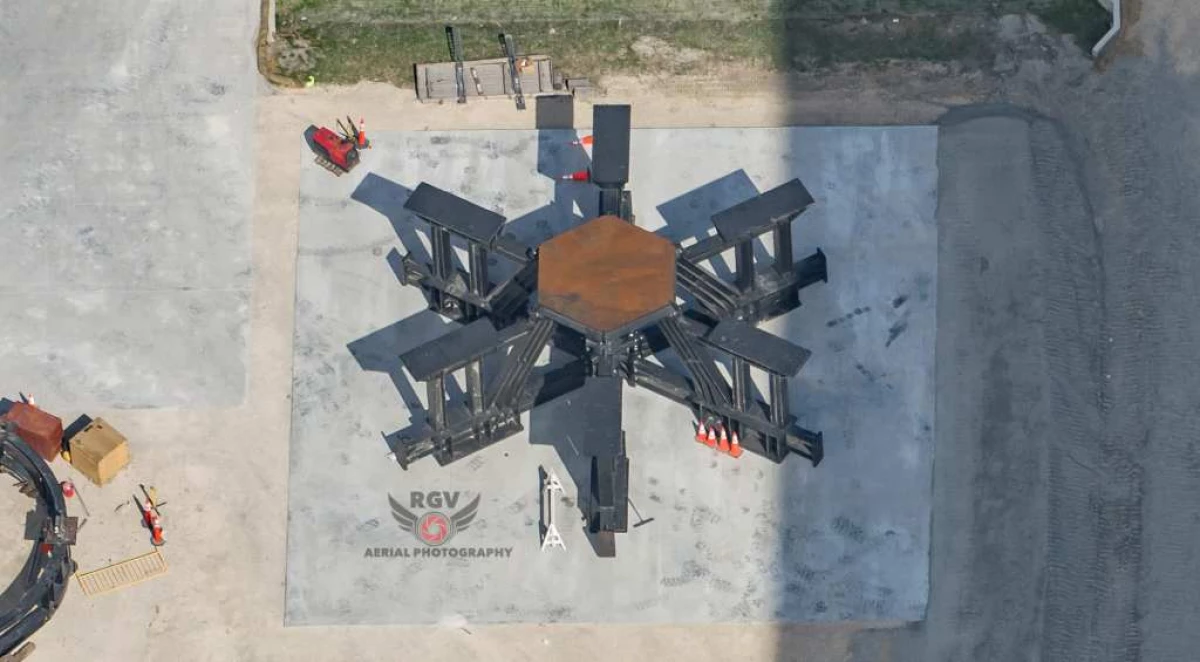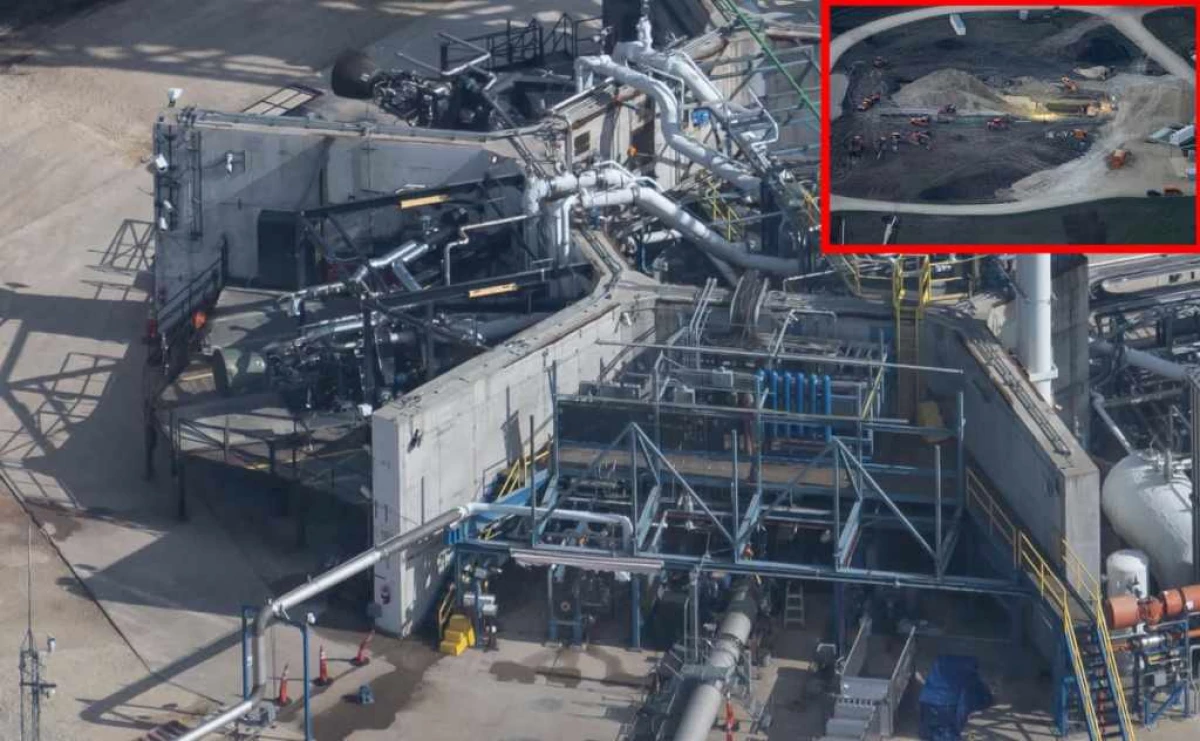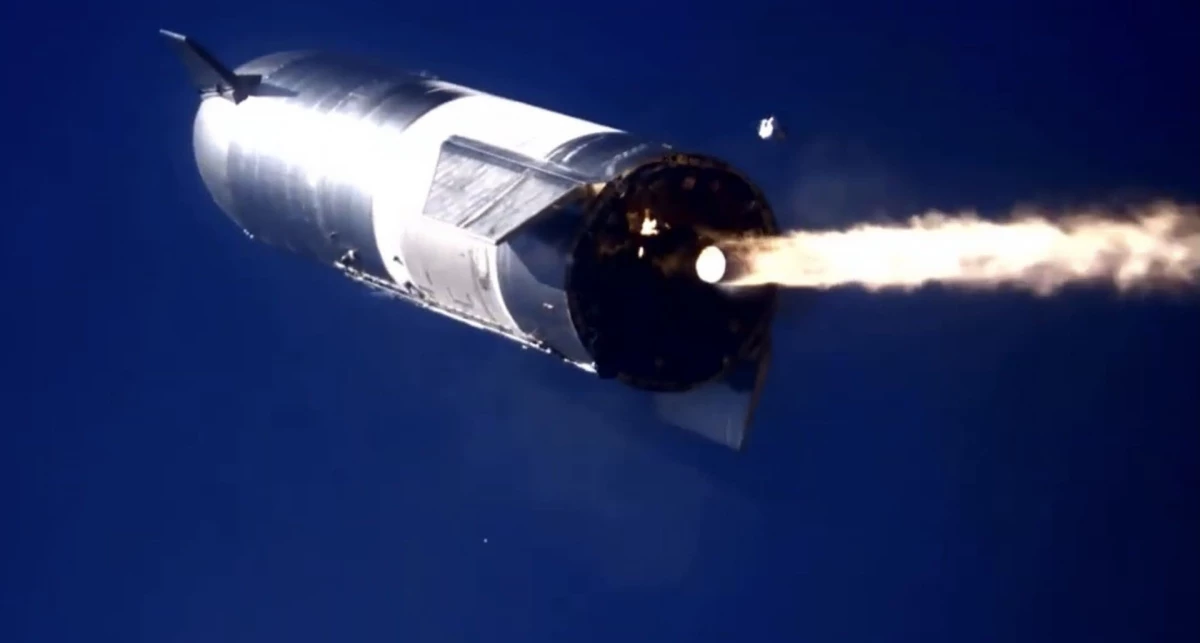
So, after multi-day wires, Spacex received all the necessary permissions from the regulatory flights of state bodies, and after the execution of a presuvety cyclogram, the "Start" team was given. In the security zone around the Boca-Chika, a useless zone was introduced, and an evacuation was made. Journalists gathered nearby, on the other side of the bay, and conducted straight streams from the scene of the event. The flight took place.
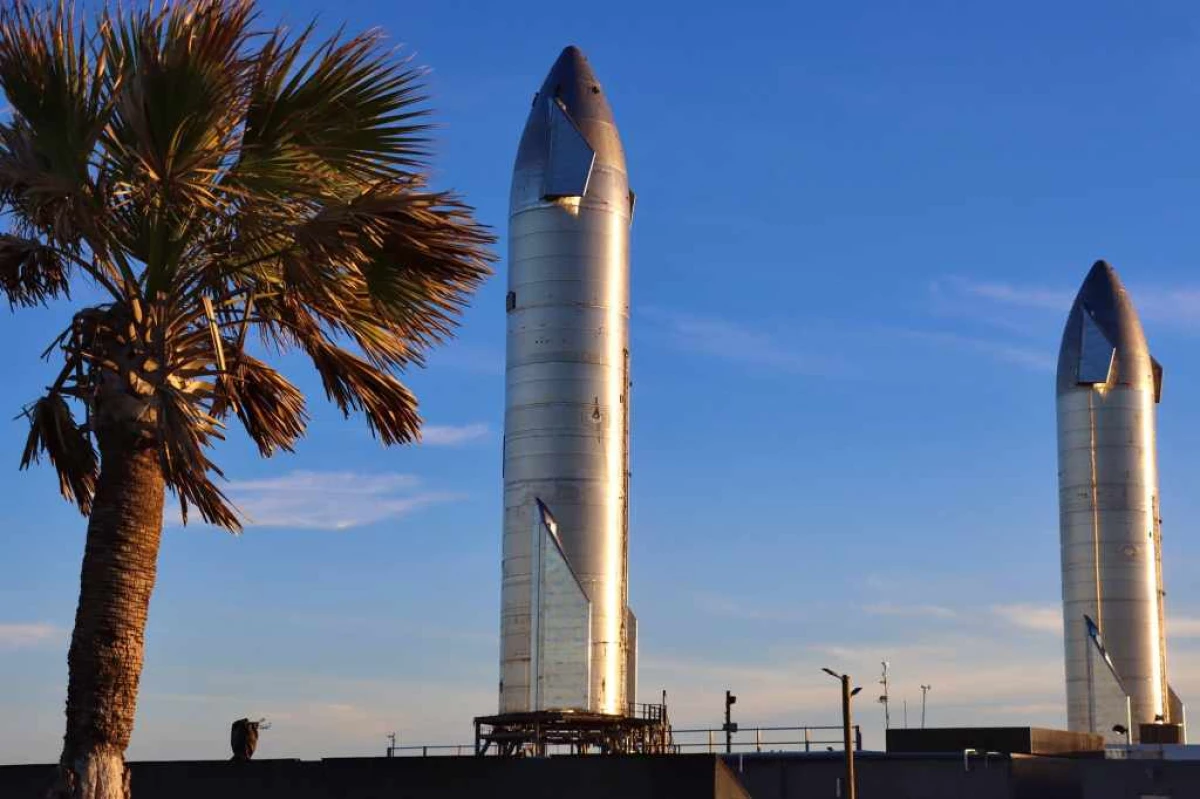
StarShip SN9 started from the same test stand from which StarShip SN8 started, and the StarShip SN10 is now located. It looks epic, as a kind of prevention of a new cosmic era, in which dozens of space ships on the day will be started from spaceports. Online on this occasion, even a humorous collage appeared, depicting a traffic jam from elders going to start. As they say - there is some joke in every joke.
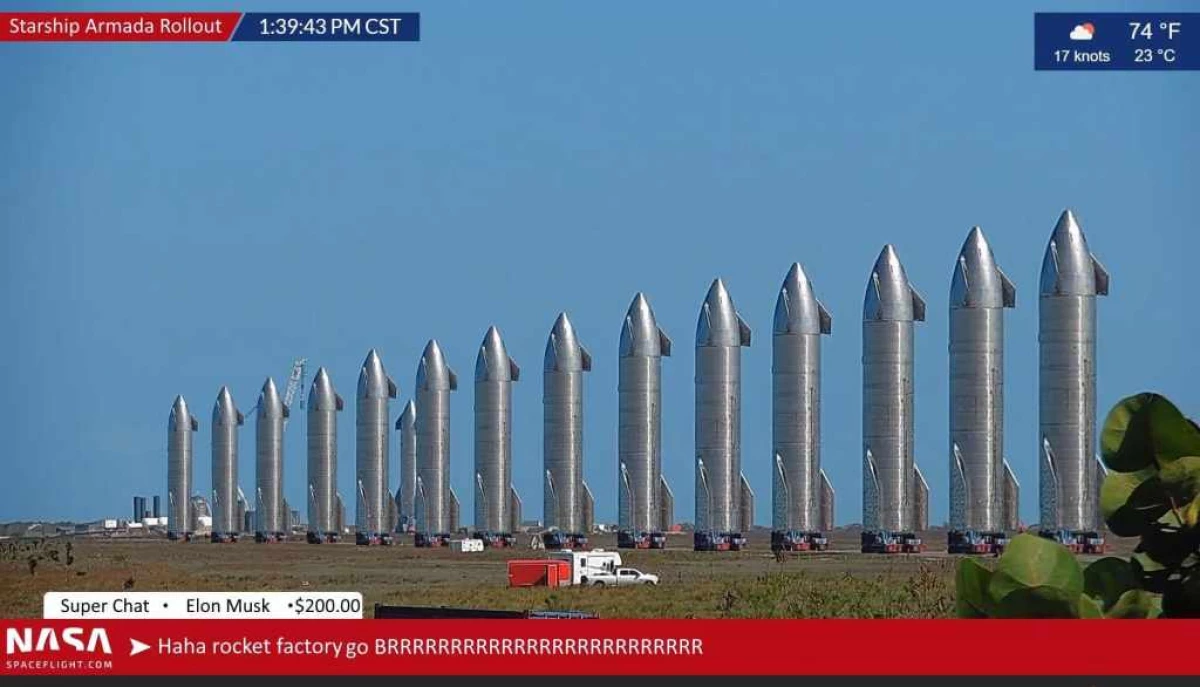
The purpose of the flight was, as in the case of the SN8, the achievement of the height in the limit of 10 km, then a managed decline to the landing point, the execution of the landing atrief, by the flip-maneuver of the transition from a horizontal decrease in the vertical position with simultaneously turning on the landing engines. STARSHIP SN 9 (as well as SN 10) have a certain amount of TPS heat shield (Thermal Protection System) on its housing.
What, according to the result of another test?StarShip SN 9 performed almost the entire flight program. Again led the landing. Given that SN9 was not much different from SN8, it is likely that the reason for the landing failure was the same, namely the insufficient fuel pressure on the final part of the flight, as well as the reliability of the engine elements. The second engine that had to support smooth landing was turned on too late. Exit to the landing point was ideal, here Spacex no equal. So, automation and aerodynamic control were normal.
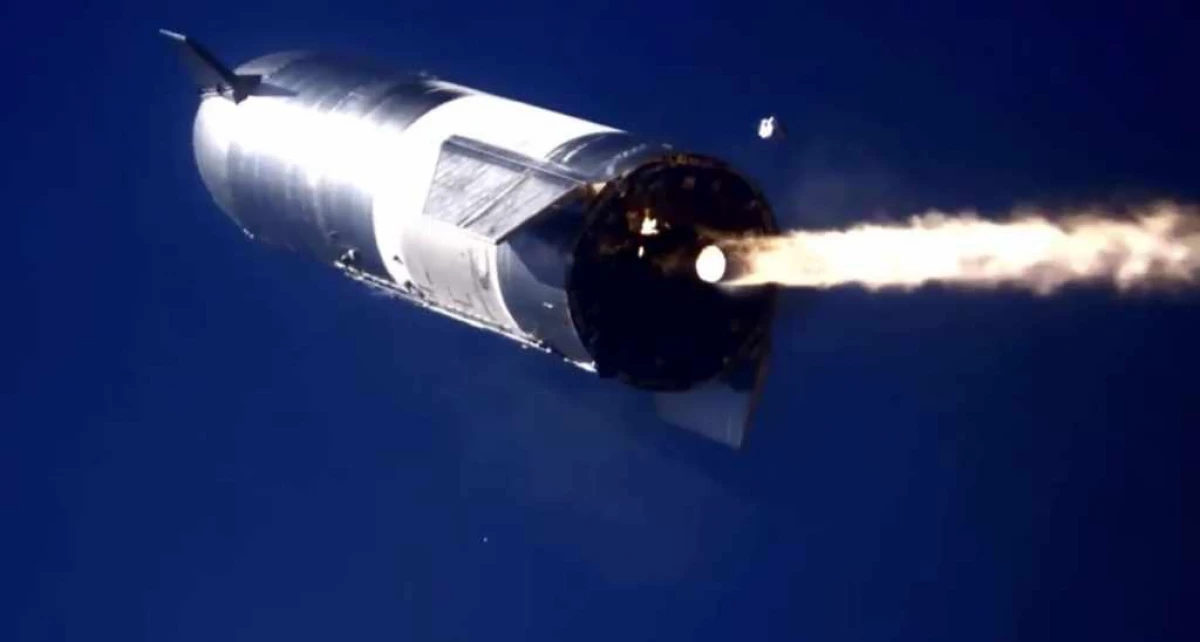
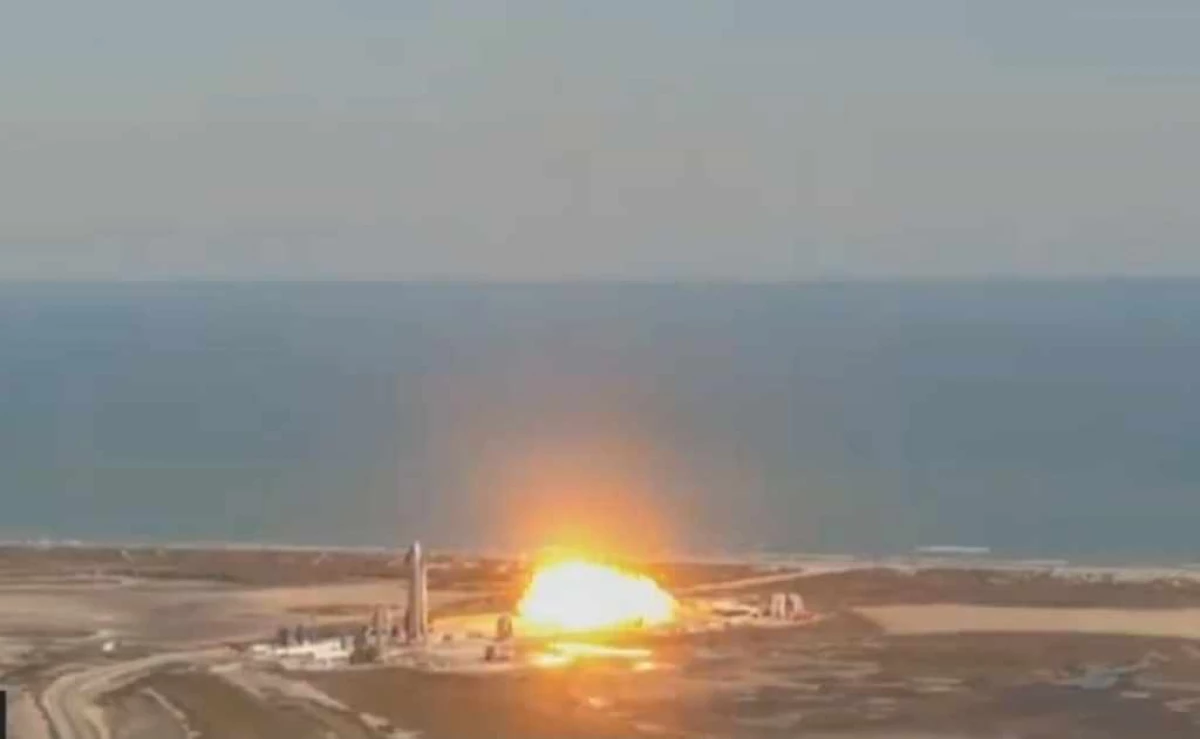
In parallel with the works on the prototypes of the StarShip ship, work is underway on the prototype of Super Heavy super heavy rocket carrier. The prototype itself is still in a high hangar, where its assembly is completed. Meanwhile, on the starting area of the cosmodrome, construction is underway for the Super Heavy BN1 prototype of the starting platform. BN1 assembly observers noticed that the stubborn dome BN1, judging by the ventilation holes, is likely to be equipped with four Raptor engines. On the first presentation of the STARSHIP-Super Heavy system, it was said that the SUPER Heavy pH would have 28 Raptor engines, but later the information was going on that the number of engines will still be reduced.
